Sea otters are furry, playful mammals known for holding hands with one another. These cute sea creatures are highly specialized predators with many interesting behaviors. The sea otter is possibly more interesting than it is adorable! Read on to learn about the sea otter.
Description of the Sea Otter
Sea otters are streamlined marine mammals, which look like a larger, fluffier, version of their freshwater cousins, river otters. They have four legs to move easily on land, and a long tail to swim through the water. Sea otters also have thick, brown fur that insulates them against the cold waters of the Pacific Ocean.
Interesting Facts About the Sea Otter
From feeding habits to ecosystem maintenance, sea otters are more than meets the eye. These marine mammals have a number of characteristics that make them perfectly suited for life at sea.
- The Furriest of Fur Coats – Sea otters have the densest fur of any animal. They can have over 1,000,000 hairs per square inch on their bodies! For comparison, humans have just 100,000 hairs on their entire head! That dense coat allows sea otters to dive beneath the waves without the water ever touching their skin. Because they are so well insulated, sea otters do not require a layer of blubber for survival like other marine mammals do.
- What’s for Dinner – A sea otter’s favorite food is sea urchin, the horribly spiny little echinoderm (which ironically enough means “spiny skin”). When feeding on sea urchins, an otter balances a rock on his stomach as a “plate,” and use another rock to smash the urchin open and eat the meat inside.
- The Most Luxurious Fur on Earth – With the densest coat on earth, sea otters have very soft fur. This trait made them highly valued in the fur trade, and nearly drove them to extinction in the 18th and 19th centuries. By the 20th century, there were only a few thousand sea otters left in the wild.
- The “Musty” Family Heavyweight – Sea otters are the heaviest animals in their taxonomic family, Mustelidae. The family Mustelidae is named for their “must,” a secretion from the anal glands used to establish territory and find a mate. Some other animals in the Mustelidae family include river otters, weasels, and badgers. Ironically enough, sea otters are the only Mustelid without must!
Habitat of the Sea Otter
Sea otters prefer coastal habitats within a mile of the shoreline. They are frequently found in protected harbors, barrier reefs, and kelp forests that offer shelter from wind and waves. Most sea otters remain in habitats with rocky substrate, as their prey tend to be more plentiful in these areas.
Distribution of the Sea Otter
The sea otter’s range spreads from Russia, across the North Pacific, and down to the Coast of California. Russia currently has the most stable population of sea otters, with over 25,000 animals remaining in slow, steady growth. This is believed to be about the same population volume the animals had prior to being hunted nearly to extinction.
In Alaska, the sea otter population is higher, but declining steadily since the Exxon Valdez oil spill in 1989. There are also small populations of sea otters in British Columbia, Washington, and California.
Diet of the Sea Otter
Sea otters will eat virtually anything they can get their little paws on. They are known to eat clams, mussels, crabs, octopus, sea urchins, snails, and fat innkeeper worms. They prey on crustaceans by using pairs of rocks to crush the outer shells, easily accessing the soft flesh inside.
Sea Otters as a Keystone Species
Sea otters are what is known as a keystone species. This means that, when they are removed, the rest of the ecosystem collapses. Though there are many other interactions between sea otters and their prey species, the best example of this effect is the sea urchin. While there may not be immense numbers of sea otters, a single sea otter can eat a lot of sea urchins.
If you removed all the sea otters in that area, the sea urchins would reproduce unchecked, as they have few natural predators that can get past their spines. Sea urchins feed on stems of the kelp, causing them to break off and die. The kelp forests provide an ecosystem for hundreds of fish and invertebrates, and without the kelp these animals die as well. Without the sea otters, all that is left is a barren reef.
Sea Otter and Human Interaction
Historically, sea otters were hunted heavily for their fur coats. With protections in place, some populations have bounced back, while others have struggled. Sea otters have also been illegally killed because they directly compete with some fishery stocks.
In the abalone, crab, and clam fisheries, sea otter predation can cause fishermen to lose their livelihood. It should be noted, however, that shellfish declines have also been occurring in areas without sea otter predation. This indicates that outside factors, such as pollution, may be exacerbating the effects of the otter’s activities.
Domestication
Sea otters have not been domesticated in any way. They have been kept successfully in zoos and aquariums, and because of this, rescue programs for wild animals have increased in success. At the Monterey Bay Aquarium in California, orphaned sea otters are taught to hunt and interact with the help of the resident sea otters, so they can be released back into the wild.
Does the Sea Otter Make a Good Pet
It is highly illegal to own a sea otter. They are only kept in zoos and aquariums with special permits.
Sea Otter Care
Sea otters are provided a varied diet while in human care. Because they are not exposed to predators, and do not have to forage for prey, they are provided with environmental enrichment in their habitat to keep them entertained. This includes toys, hidden food, puzzles, ice buckets, and much more.
Sea otters are also frequently trained using positive reinforcement techniques, making the otters easier to handle, and allowing them to voluntarily participate in medical check-ups, such as weighing and physical examinations.
Behavior of the Sea Otter
Sea otters are social animals, and while they feed alone, they sleep in groups. Otter groups are called rafts, and the animals famously hold hands to keep from drifting apart. Males will also maintain territories, and breed with females who come to that territory searching for mates.
Reproduction of the Sea Otter
Males will mate with multiple females in a season, and breeding tends to be quite violent. The male will hold the female by her muzzle, frequently causing scars. Both breeding and birth occurs in the water.
Baby sea otters are covered in fluffy baby hair, which the mother grooms for long periods. All the grooming causes the hair to hold air, making the baby float like a cork. The pup will nurse for up to one year, and the mother will teach it how to swim, and feed properly.

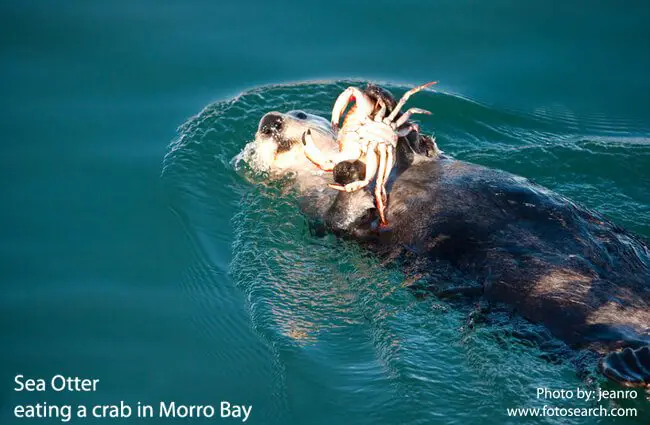
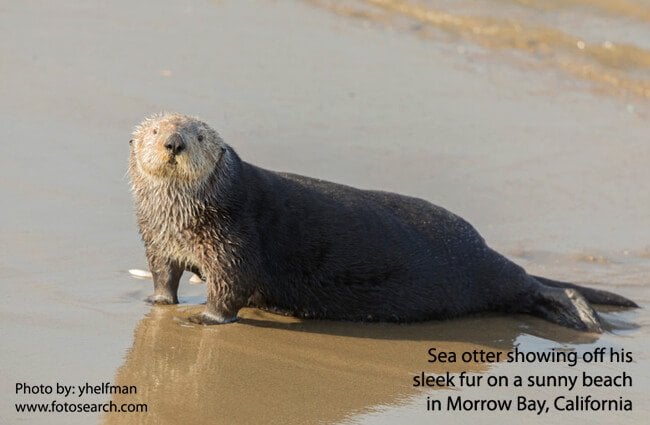
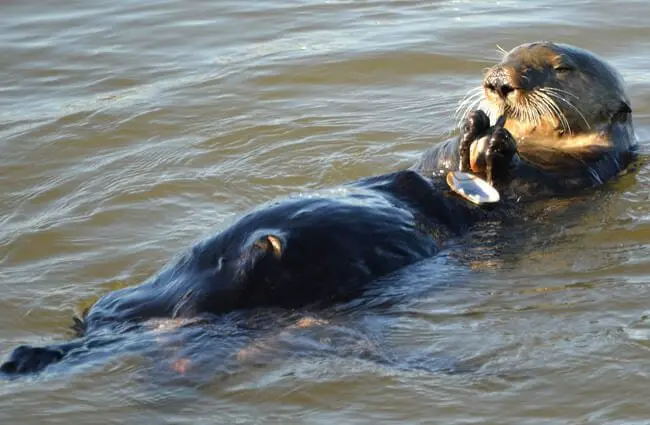
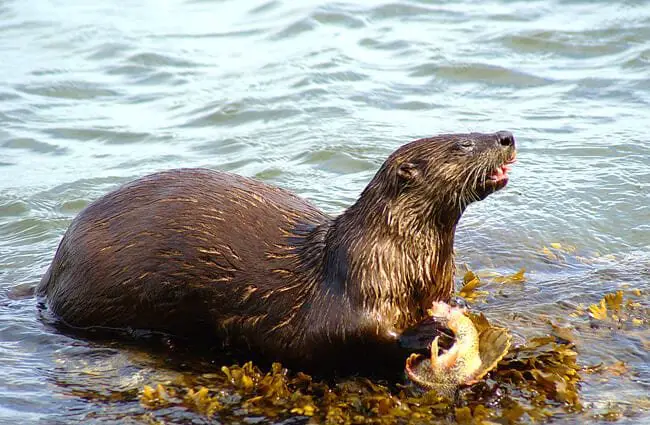

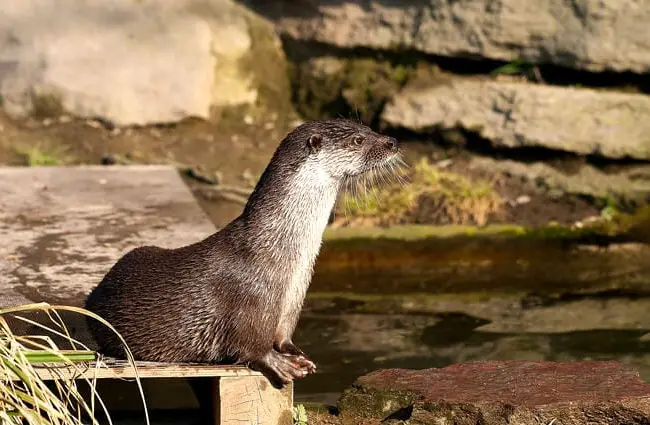


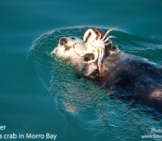
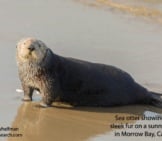
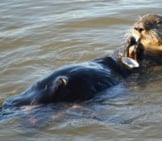
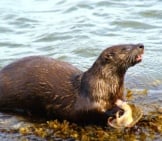

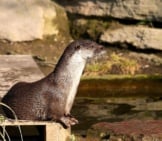
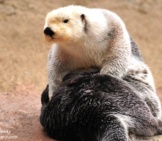

![Red Angus Closeup of a beautiful Red Angus cowPhoto by: U.S. Department of Agriculture [pubic domain]https://creativecommons.org/licenses/by/2.0/](https://animals.net/wp-content/uploads/2020/03/Red-Angus-4-238x178.jpg)












![Red Angus Closeup of a beautiful Red Angus cowPhoto by: U.S. Department of Agriculture [pubic domain]https://creativecommons.org/licenses/by/2.0/](https://animals.net/wp-content/uploads/2020/03/Red-Angus-4-100x75.jpg)

